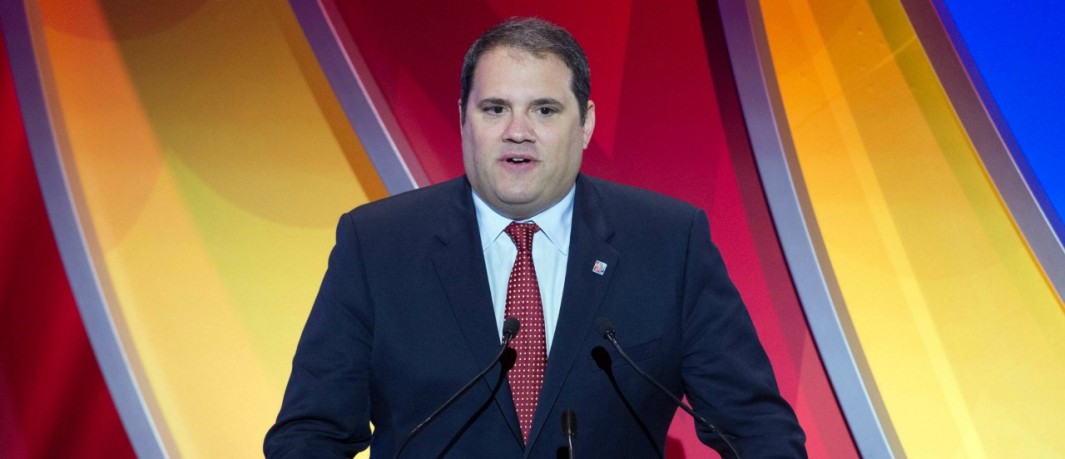CONCACAF president Victor Montagliani is standing by the change in the CONCACAF World Cup qualifying format implemented earlier this year, saying it was forced upon them because of a media rights issue and the new Nations League. However, he says the format will again change for the 2026 World Cup in the United States.
The first phase of the new qualifying format will feature only the top six ranked CONCACAF teams based on the FIFA rankings after the June 2020 window. These countries will play a Hexagonal home-and-away round-robin series for three automatic CONCACAF berths in the 2022 World Cup in Qatar.
The second phase of the qualifying competition will involve the CONCACAF countries ranked 7-35. These 29 countries will engage in a group stage and knockout phase competition. For the group stage, the countries will be divided into eight groups (five groups of four and three groups of three) and the first-place team in each of the eight groups will qualify for the knockout stage. The winner of this knockout phase series will then play the fourth-placed team from the Hex. The winner of that series will then advance to a playoff series with the Asian confederation qualifier for a final spot in Qatar.
But many of the Caribbean Football Union minnows had argued when it was announced earlier this year that this was unfair, since many countries would not get a chance to participate in either phase of the competition, much less get a traditional chance at creating some of the upsets of past World Cup tournaments.
On Monday, however, Montagliani, who was in Trinidad for the launch of the TTFA's Home of Football in Couva, said the decision was reached after a process of voting and that the majority of CONCACAF members eventually understood the process and reasoning behind it.
“Once it was explained why it was done, then everyone understood. I would have liked to have a different format myself, in that I would have liked to use the Nations League as a format. The reality is that because of media rights and the Nations League is owned by obviously us, the calendar is another issue, the reality is that the Nations League has taken up a lot of the calendar, which means that you only have a few days to play.”
He added, “We cannot play like we did before, rounds one, two, three and four. We had to keep the Hex because of contractual obligations from a media standpoint, or a lot of our members would have lost a ton of money from a media rights perspective. So we had to fit a square peg in a round hole.”
Some CONCACAF member countries claimed to have been unaware of the decision before it was announced. But Montagliani dismissed this, saying that those countries who were against it were in the minority. He said they eventually ensured that all countries would still get a chance at qualifying despite the new format.
“This was the best format, so I gave everyone a chance. Now we have over 500 games in a four-year period. Before it was just 100, so if you look at the totality of it, it is why people are on board with it,” Montagliani said.
“It’s not perfect but it’s going to evolve because the format will change again for 2026.”
Montagliani meanwhile described the new Home of Football as a fantastic one, saying it is now the jewel of the Caribbean and the CONCACAF in some ways. He said with the new facility, it is time for T&T football to build some of the blocks by starting with the players on the T&T under-15 team with the 2026 World Cup as the focus.

